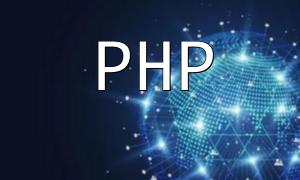Before delving into the low-level development principles of PHP7, it's essential to understand PHP7's underlying architecture. The core of PHP7 consists of the Zend Engine and the language core. The Zend Engine is responsible for parsing and executing PHP code, making it the heart of PHP7. The language core contains PHP’s built-in functions and language features.
Compared to PHP5, PHP7 brings significant performance improvements. The most important enhancement is the introduction of the new PHPNG (PHP Next Generation) engine, which significantly speeds up the execution of PHP code. By understanding the inner workings of PHPNG, developers can see how it optimizes the execution process, resulting in improved performance.
PHP7 introduces several new language features, such as scalar type declarations, return type declarations, and more. These features improve type safety and code readability in PHP. In this section, we’ll provide a detailed explanation of these features and offer code examples to demonstrate how they can be applied in real-world development.
PHP7’s extension mechanism is a key tool for enhancing the functionality and performance of PHP. By developing PHP extensions, developers can add custom features and optimize code execution. This section will introduce the basic process of PHP extension development, including creating, compiling, and loading extensions. Through a simple extension development example, readers will quickly learn the techniques needed to develop their own PHP extensions.
Through this "PHP7 Low-Level Development Principles & Extension Guide," developers will gain a deep understanding of PHP7’s architecture and performance optimizations, master PHP7's new features, and learn how to develop efficient PHP extensions. Whether you are enhancing the performance of an existing project or building a new PHP application, this guide provides comprehensive guidance and practical code examples to help you improve development efficiency and optimize PHP code execution.









